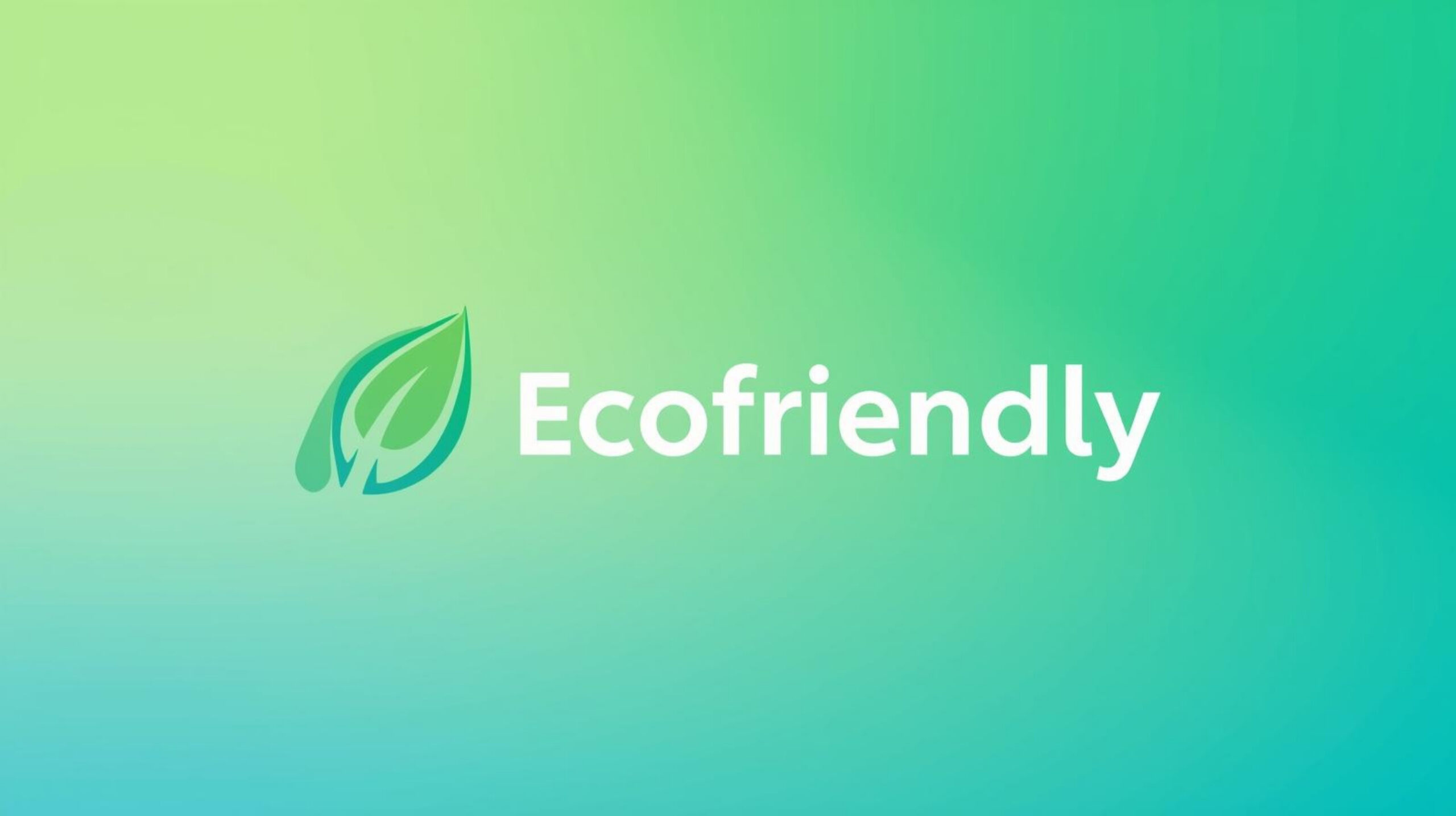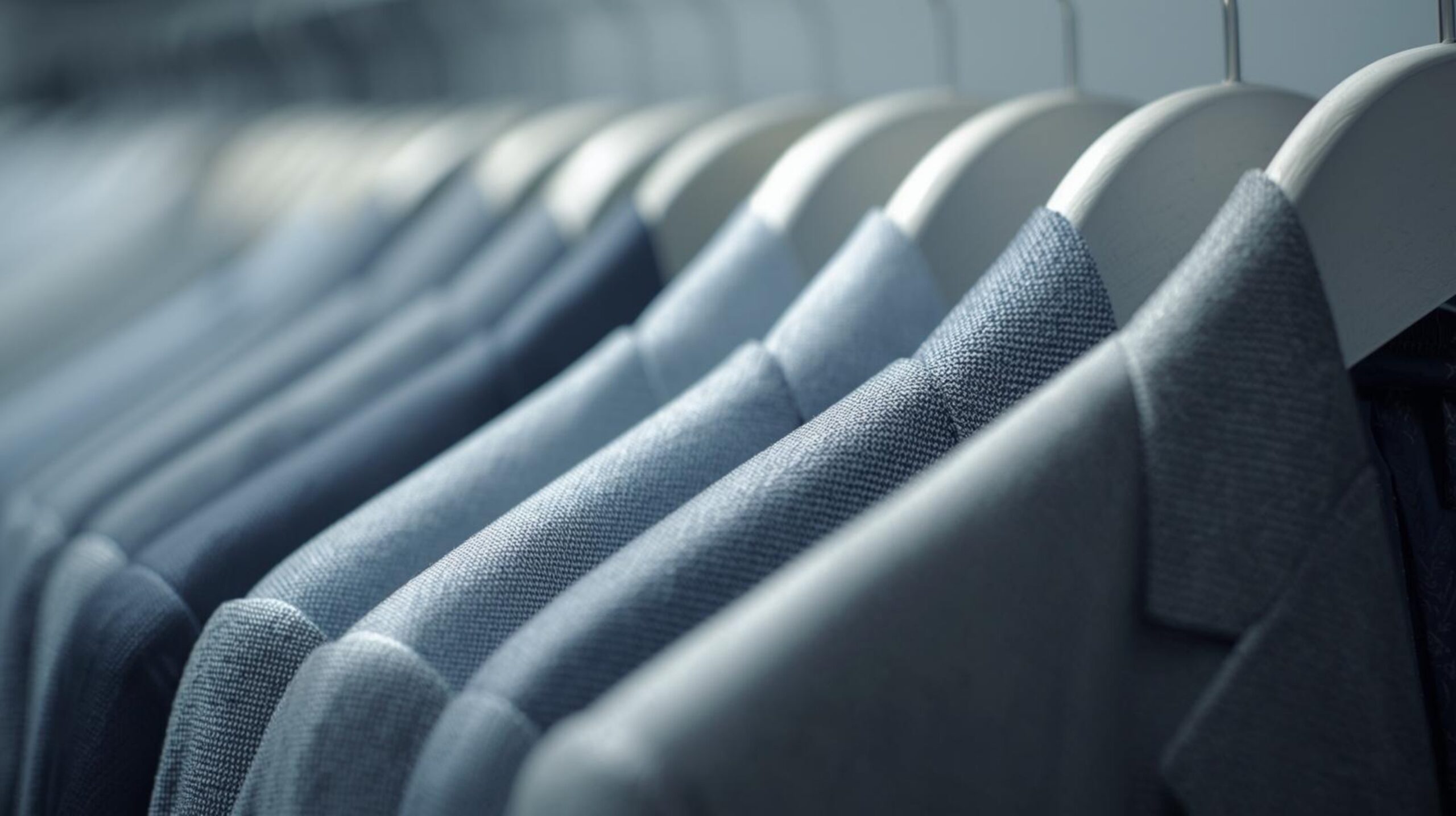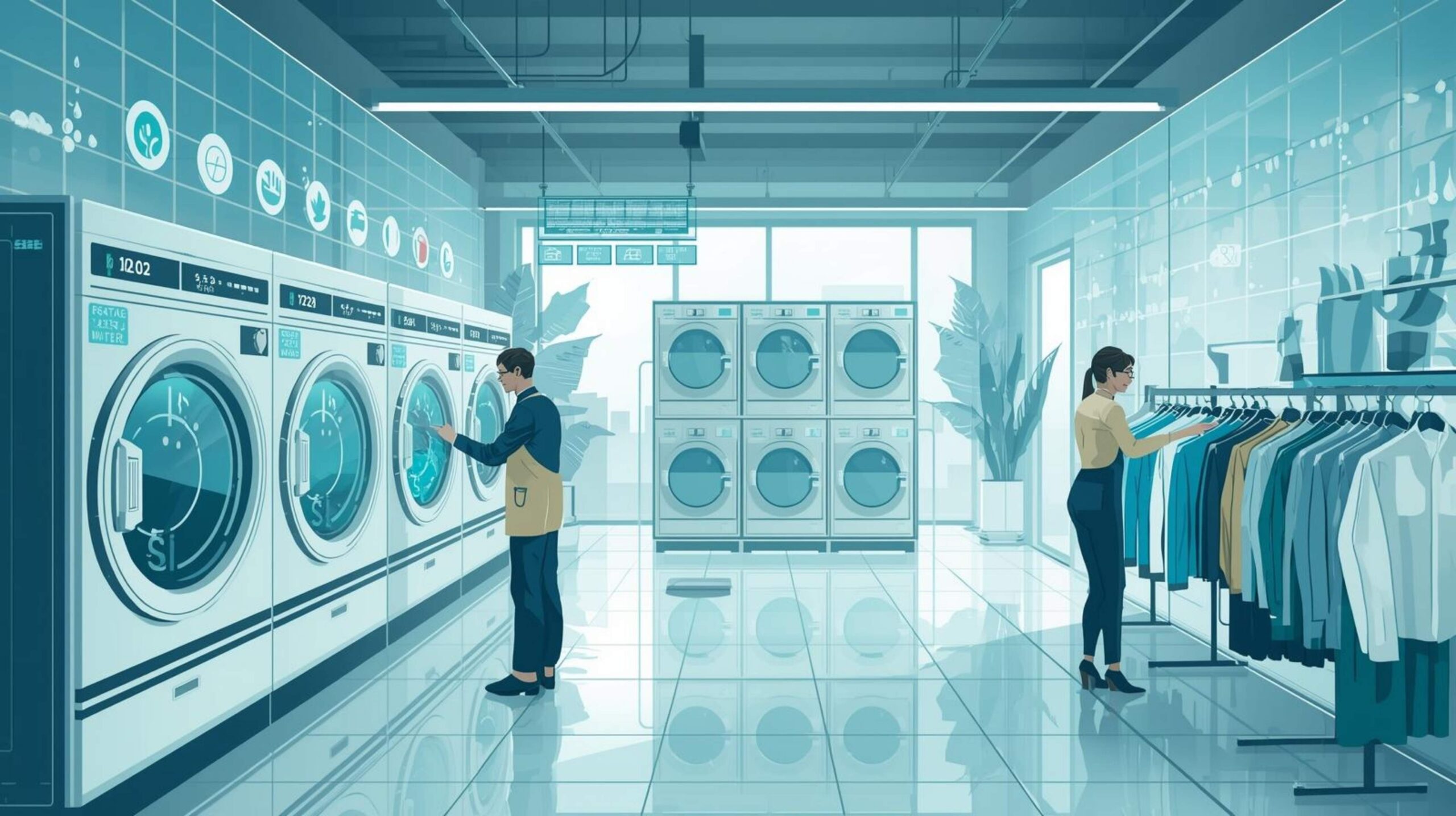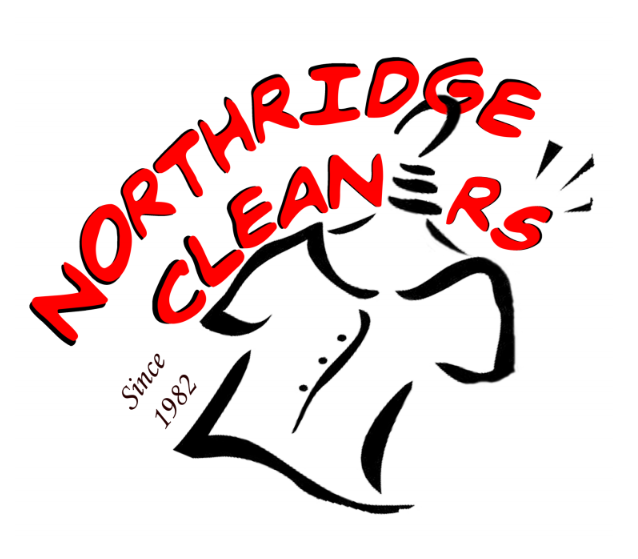What Is Dry Cleaning? A Practical, Eco-Smart Guide
Curious about What Is Dry Cleaning? In short, dry cleaning is about control—over chemistry, temperature, moisture, and mechanics—to clean delicate garments while protecting their shape, color, and construction. In Northridge and across the San Fernando Valley, that control matters: long, warm summers, sunscreen, dust, and car time on the 118/405/101 create soils that ordinary washers and home sprays don’t handle well. Pairing modern dry cleaning with professional wet cleaning keeps suits crisp, silk dresses luminous, tuxedos camera-sharp, and household textiles (duvets, drapes) fresh—without warping, shrinking, or glazing.
The Process: What Really Happens
Intake & Care-Label Read
We start with the care label—your garment’s blueprint for safe routine care. Labels state either a washing or a dry-cleaning instruction; professionals treat those as hard constraints and choose the safest, effective path accordingly.
Pre-Spot by Soil Class
Wine (tannin), coffee (tannin/protein), oil/grease (lipid), ink (dye), blood (protein/iron) all require different agents, order, and neutralization. The goal is to remove soil without halos, texture damage, or dye bleed—especially on sheer silk, linen, and wool pieces.
Controlled Cleaning
Despite the name, garments are immersed in a liquid solvent (not water) inside a closed machine with precise detergency, filtration, and distillation to keep solvent pure and soils away from your clothes; then they’re dried in-machine under controlled heat/airflow so seams, interfacings, and trims stay stable.
Form Finishing
Steam, vacuum, and tensioning restore architecture: a blazer’s lapel roll, crisp trouser creases, and smooth satin without shine. Finishing is technical, not cosmetic.

“Eco-Friendly” Today: What Changed in California
California completed the phase-out of perchloroethylene (perc) dry-cleaning machines on January 1, 2023. Modern shops rely on alternative systems and professional wet cleaning where garments and labels allow—improving indoor air quality while maintaining high garment standards.
Professional wet cleaning isn’t “home washing.” It’s programmable cleaning with tightly controlled water levels, gentle mechanical action, specialized detergents, staged drying, and form finishing. Used correctly, it safely handles many “dry-clean only” garments when dye stability and construction permit, often delivering excellent hand/brightness.

Dry Cleaning vs. Wet Cleaning: A Decision Framework
Structured Suiting (Jackets, Blazers, Tuxedos)
Choose dry cleaning in alternative-solvent systems by default. Wet cleaning is case-by-case after tests. Preserve canvases, fusibles, and lapel roll; finish on form.
Silk, Satin, Viscose/Acetate Evening Wear
Dry cleaning protects against water-ringing and dye bleed. Wet cleaning only after colorfast tests and trim checks.
Wool Knits, Cashmere, Fine Wovens
Either method based on label/tests. Pick the path that preserves hand and resilience.
Beads, Sequins, Bonded Satins, Metallic Threads
Often dry cleaning; sensitive trims/adhesives favor low-moisture control.
Down Comforters, Duvets, Bulky Bedding
Professional wet cleaning with large capacity and staged drying to prevent clumping and seam stress.
Leather, Suede, Nubuck
Specialty leather processes clean, then re-oil/condition; suede is re-napped and protected. No household solvents.
Green Claims—Without the Greenwashing
- Perc is out in California: this is law, not marketing.
• Wet cleaning is validated by demonstration programs and guidebooks.
• Alternative solvents vary (hydrocarbon, silicone/D5). The takeaway: method choice is garment-driven, with wet cleaning preferred when labels and construction allow.
• If an “eco” claim doesn’t explain method and testing, it’s noise. Ask how your cleaner decides—and how they finish.
Valley Factors: Heat, Sunscreen, Dust, Traffic
In Northridge, arid summer heat accelerates odor and yellowing as sweat salts and oils oxidize in linings and collars. Sunscreen is an oil-class soil that halos silk and stains leather straps. “Freshen” sprays don’t remove residues from structured garments; professional pre-spot + controlled cleaning prevents permanent discoloration and smells.

What to Send to a Professional (and Why)
Suits, blazers, tuxedos, uniform dress blues — Canvas, fusibles, and shoulder structures want controlled moisture/heat. Professional finishing restores architecture.
Silk, satin, chiffon, tulle—event wear — Sequenced stain removal, trim protection, vacuum pressing keep gowns camera-ready.
Shirts & delicate blouses — Collars/cuffs accumulate oil and dust; label-aligned care and correct pH keep color true.
Household items — Down comforters/duvets/blankets/curtains/drapes benefit from large-capacity machines and staged drying.
Leather & suede — Specialty processes clean, re-oil/condition, and re-nap (suede).
Maintenance Playbook: Cost-Per-Wear Wins
Rotate & rest suits 24 hours between wears; fibers recover and odor dissipates.
Blot, don’t rub—rubbing drives pigment deeper and abrades fibers.
Tell us the story: “Coffee, 10 a.m., left lapel” is gold; stain class + time guides chemistry.
Seasonal refresh after Valley summers; pre-holiday velvet/satin tune-ups.
Store smart: wide hangers, breathable covers; acid-free materials for bridal/heirlooms.
Costs, Value, and the “Cheap vs Best” Trap
Cheap care is expensive when a fused front bubbles or a satin dress glazes under a hot soleplate. The real metric is cost per wear. Modern dry cleaning and professional wet cleaning protect trims and reduce rework—especially on men’s suits, women’s silk dresses, technical sportswear, and household pieces.
Fast FAQs
Is dry cleaning “dry”? No—garments are cleaned in a liquid solvent; “dry” means no water in the bath.
Is perc still used? Not in California; the state phased it out in 2023.
Is professional wet cleaning the same as home washing? No—programmable cycles, controlled chemistry, and pro finishing.
Can you remove stubborn odors? Yes—pre-spot correctly and control moisture/temperature.
Will frequent professional care wear clothes out? Poor care does; method-appropriate cycles preserve garments.
Northridge Service Map & Logistics
We serve Northridge and nearby neighborhoods—Deer Lake Highlands, Porter Ranch, Granada Hills, Chatsworth, Canoga Park, Woodland Hills, Reseda, Tarzana, Panorama City, Van Nuys, Mission Hills, plus CSUN and the Northridge Fashion Center areas. We schedule early/late pickup & delivery to dodge traffic and summer heat.
What to Bring on Your First Visit
- Garment(s) and matching pieces (jacket + pants/skirt together).
- What spilled, where, when wine, coffee, oil/grease, ink, blood, smoke, pet/urine
- Event dates (wedding, prom, gala) if you need same-day/next-day care.
Why Trust Professionals (and How to Vet One)
Ask how they decide between dry cleaning and professional wet cleaning; the right answer mentions labels, testing, fabric, trims, and finishing. Ask about form finishers and vacuum tables. Ask how they handle California’s post-perc reality.
Explore more services: Professional Dry Cleaning Services • Bridal & Groom Services
Follow our work: 👉 Our Instagram Laundry Page
